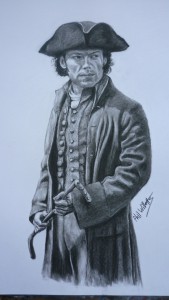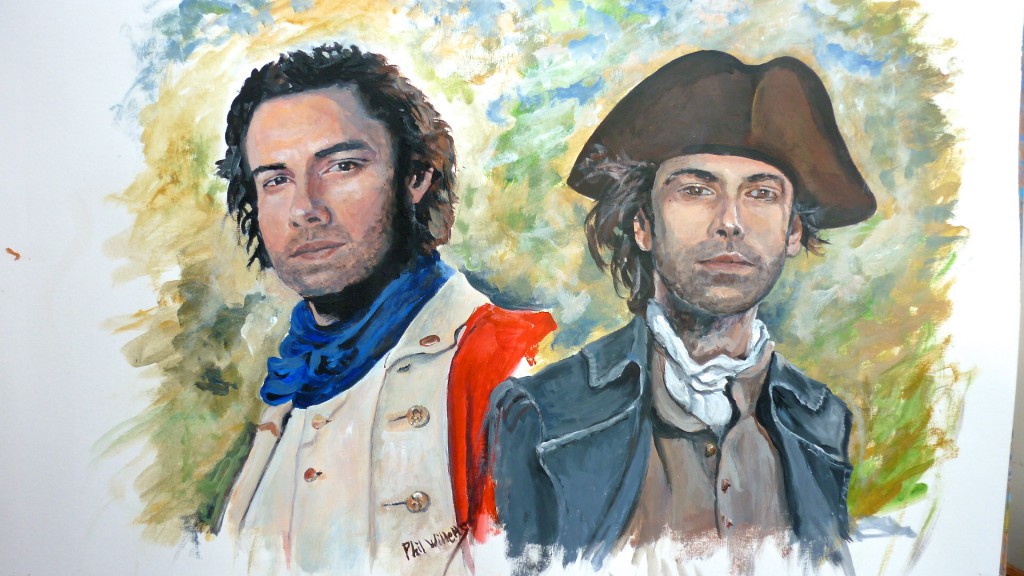Yoko Traditional Dress
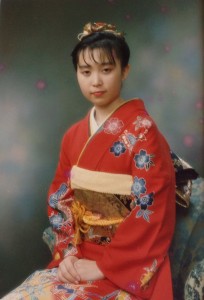 I have just finished two portraits of the same person which is a very unusual commission. The commission came from a member of the person’s family, they wanted one for themselves and the other was a Christmas present for the young lady I had painted.
I have just finished two portraits of the same person which is a very unusual commission. The commission came from a member of the person’s family, they wanted one for themselves and the other was a Christmas present for the young lady I had painted.
Painting two portraits of the same person can be challenging as very often one painting can be better than the other but this time I was very pleased with both paintings.
The portrait was of a Japanese girl dressed in her traditional costume which made a very striking portrait. I painted the portrait from some photos but I also met the young lady which is very helpful to get a likeness of the person that is being painted.
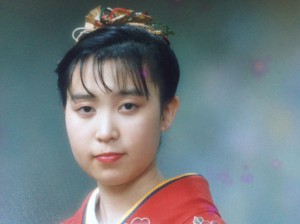
The portrait that the family wanted me to paint was of Yoco in here traditional dress this was taken during her coming of age. For those who do not know what coming of age in Japan is all about, when a person reaches 20 years old they dress up in their traditional attire and attend a ceremony receiving gifts and have a party with family and friends.
For young women, the festival is an opportunity to dress in the traditional kimono attire and zorisandals. The kimono is full robe worn with the left side overlapping the right and tied together with a sash. Young unmarried women wear a style of kimono, called furisode, which has long length sleeves as is seen in my portrait of Yoko.
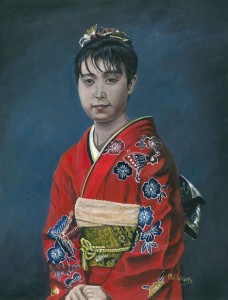 Traditional dress in many cultures is usuallygreat to paint as it makes the person look spectacular and can give the painting the wow factor so unlike modern clothing that has very little style and usually very boring
Traditional dress in many cultures is usuallygreat to paint as it makes the person look spectacular and can give the painting the wow factor so unlike modern clothing that has very little style and usually very boring
I went to Malta two years ago and noticed in the main room of the hotel a series of painting of Japanese Girls dressed in traditional costume, from then on I thought it would be great to paint a portrait of a Japanese girl dressed in traditional attire, and I was delighted when I was asked to paint this portrait of Yoko.
